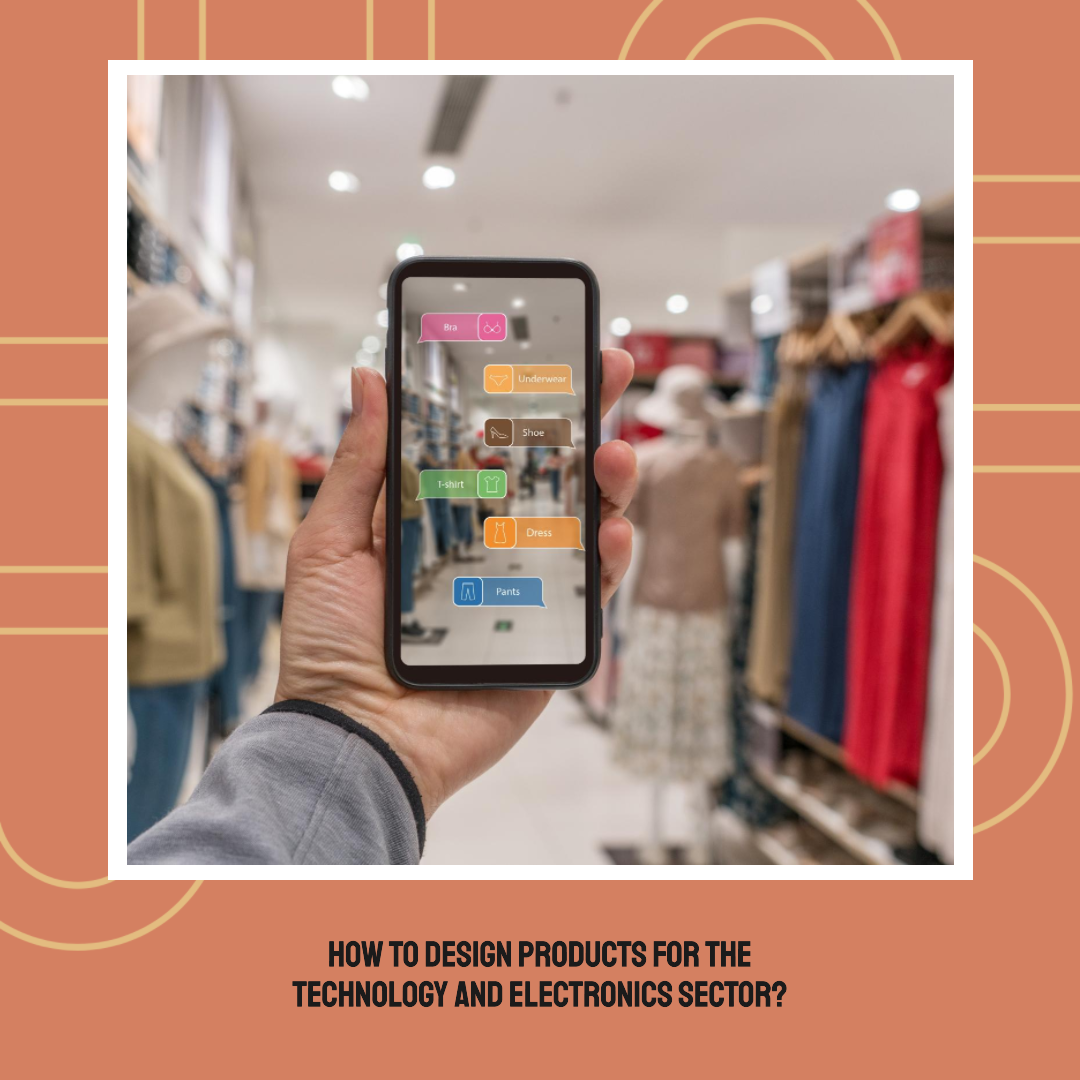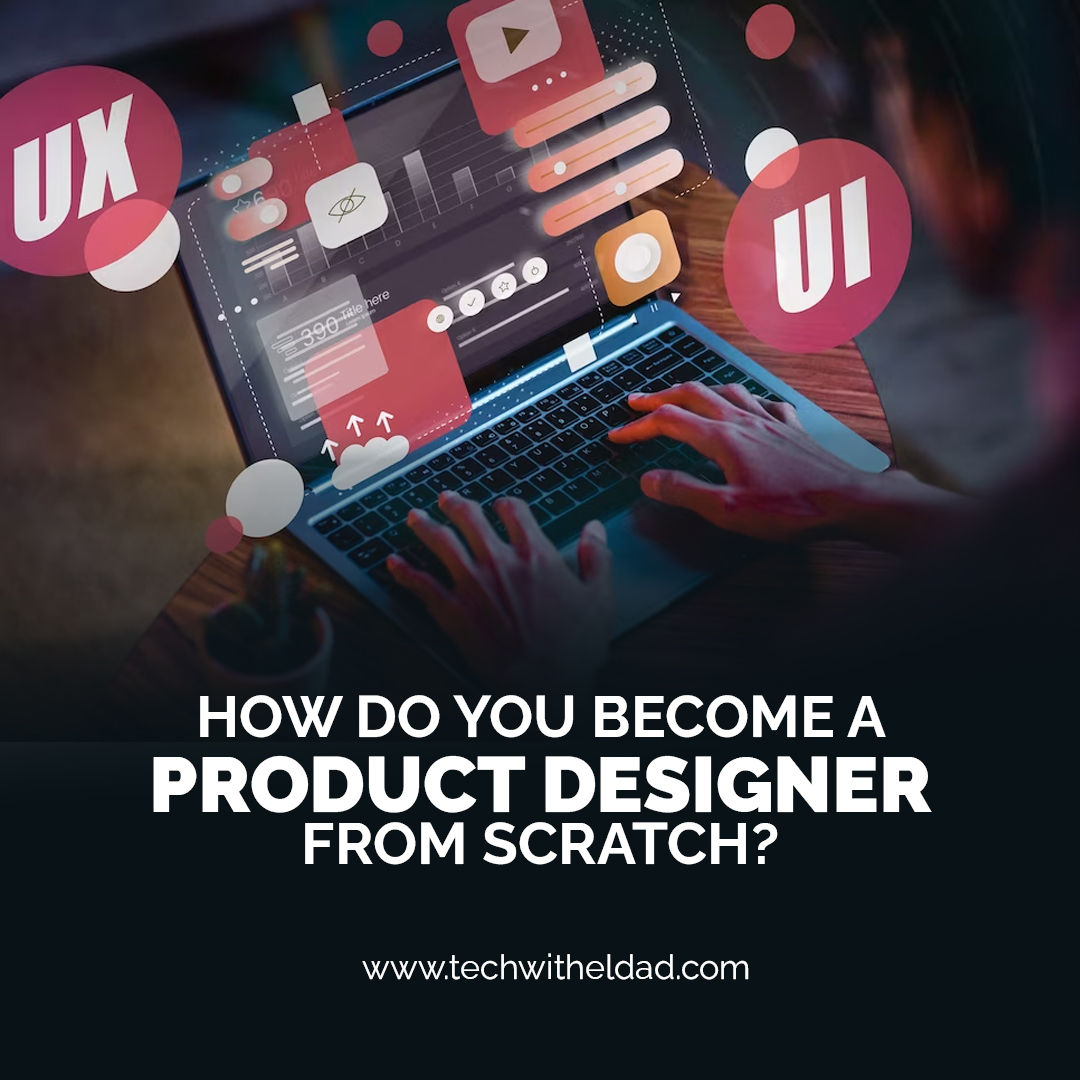How to design products for the technology and electronics sector?
Introduction
The technology and electronics sector is one of the most innovative and fast-paced industries in the world. New products are constantly being released, and consumers are always looking for the latest and greatest gadgets. To be successful in this industry, it is essential to design products that are both cutting-edge and user-friendly.
In this blog post, we will discuss how to design products for the technology and electronics sector. We will cover a range of topics, including:
- Understanding the market and your target audience
- Defining your product concept
- Designing the user experience
- Selecting the right components and materials
- Prototyping and testing your product
- Manufacturing and launching your product
Understanding the market and your target audience
The first step in designing any product is to understand the market and your target audience. What are the needs and wants of your target customers? What are the latest trends in the technology and electronics sector?
You can conduct market research through a variety of methods, such as surveys, interviews, and focus groups. You can also analyze industry data and reports. Once you have a good understanding of the market and your target audience, you can start to define your product concept.
Defining your product concept
Your product concept is a brief description of your product, including its key features and benefits. What makes your product unique? What problem does it solve for your target customers?
Once you have defined your product concept, you can start to develop a detailed product specification. This document will outline all of the features and requirements of your product.
Designing the user experience
The user experience (UX) is the way that users interact with your product. It is important to design a UX that is both intuitive and enjoyable.
When designing the UX, you should consider the following factors:
- Ease of use: The product should be easy to learn and use, even for users with limited technical experience.
- Efficiency: The product should allow users to complete tasks quickly and easily.
- Accuracy: The product should minimize the risk of errors.
- Enjoyment: The product should be fun and engaging to use.
You can use a variety of UX design methods, such as user personas, storyboarding, and prototyping, to design an effective UX for your product.
Selecting the right components and materials
When selecting the components and materials for your product, it is important to consider the following factors:
- Performance: The components and materials should be able to deliver the required performance for your product.
- Cost: The components and materials should be affordable, given your target market and price point.
- Availability: The components and materials should be readily available from suppliers.
- Manufacturability: The components and materials should be easy to manufacture and assemble.
You should also consider the environmental impact of the components and materials that you select.
Prototyping and testing your product
Once you have selected the components and materials for your product, you should build a prototype. A prototype is a working model of your product that can be used for testing and feedback.
You can use a variety of methods to build a prototype, such as 3D printing, laser cutting, and CNC machining. Once you have built a prototype, you should test it thoroughly to identify any potential problems.
You should also get feedback from potential users on your prototype. This feedback can help you to improve the design and functionality of your product before you start mass production.
Manufacturing and launching your product
Once you are satisfied with your prototype, you can start mass production. You should work with a reputable manufacturer to ensure that your product is manufactured to the highest standards.
Once your product is manufactured, you can start launching it to market. You should develop a marketing plan that outlines how you will reach your target audience and generate sales.
Conclusion
Designing products for the technology and electronics sector can be challenging, but it is also very rewarding. By following the steps outlined in this blog post, you can design products that are both innovative and user-friendly.








